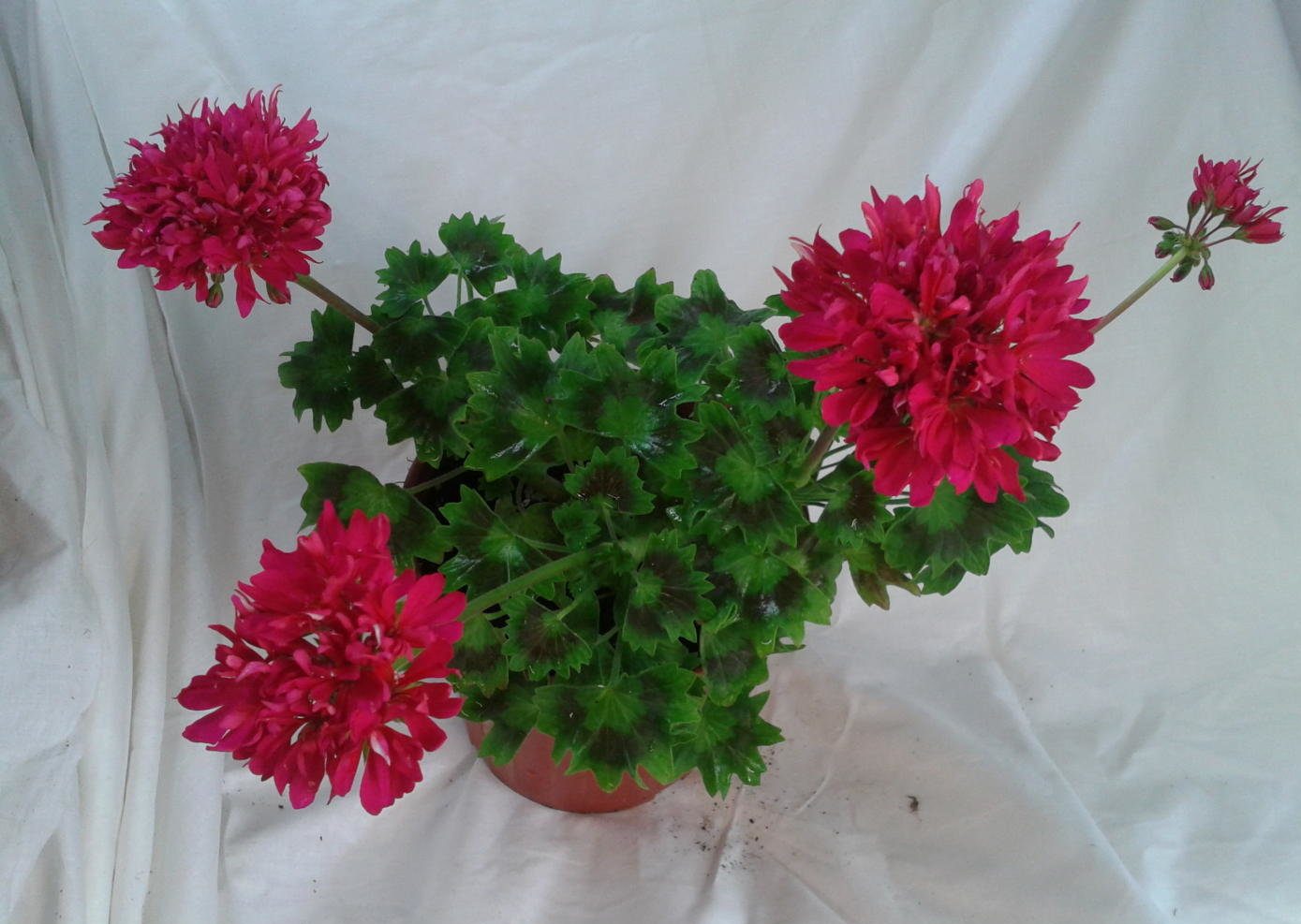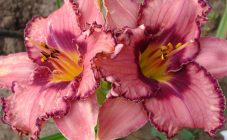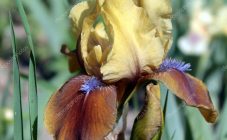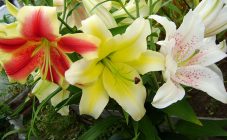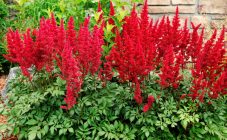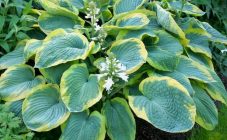Pelargonium (the second name is geranium) is one of the most popular indoor flowers. The plant attracts summer residents not only for its beautiful appearance, but also for its medicinal properties. There are at least 300 species of pelargonium in the world, most of which actively grow in temperate climates and even in the North. It is a fairly compact perennial plant, about half a meter tall. Stems are straight, with simple large leaves and umbrella-shaped inflorescences. The root system is well developed. The south of Africa is considered the birthplace of culture. Despite this, Pelargonium is completely unpretentious to care for. In the summer, it can be grown in the garden, and in the winter it can be transferred indoors.
Pelargonium colors
The variety of forms and colors of culture is surprising. The leaf plate is most often green with a red tint. But there are varieties with a white border around the edge of the leaf. Some forms have an unusual purple color.
According to the shape of the pelargonium flower, the species are:
- Terry;
- Simple;
- Dissected.
The most popular flower color is red. In addition, what other colors are pelargoniums? Rarer varieties have white, light pink, purple, burgundy and even blue and lilac inflorescences.
Types and varieties of culture
- Pelargonium white - all botanical varieties, artificially created. Popular ampelous - Ice rose, PAC Blanshe Roche, Jacky Gauld. The best royal and zonal ones are Arctic princess, Cherie, Delta pearl. The rarest varieties with a white bud, there are only two of them in the world - Quantock may and PAC Angeleyes light.
- Pelargonium ampelous, cultivation and care at home are the simplest and most basic, therefore varieties of this form (it is also called ivy or curly pelargonium) are actively used in decorating balconies and terraces. Has a rich color palette. The flowers are large (up to 5 cm), according to the structure of the petals, they are simple and double. Main varieties: Amethyst, Pink Cascade.
- Pelargonium stellate has an unusual pointed shape of the edges of petals and leaves. The variety first appeared in Australia specifically for use in landscape design. Popular varieties are Swiss star, Peppermint star, Star flair. Star-shaped pelargonium care prefers classic care, but needs bright lighting and moderate watering.
- Perennial garden pelargonium is a compact shrub type plant. This perennial was bred specifically for open ground, where it blooms actively from spring to late autumn. The main varieties are Balkan geranium, Blood-red, Bolotnaya.
- Zonal pelargoniums have inflorescences that resemble rosebuds. Popular varieties are Pelargonium Pink Pearl and Appleblossum rosebud. These are very exquisite flowers, which were cultivated by the royal gardens back in the 19th century.
- Pelargonium Zonartiki is a variety of Unicorn umbrella rose, Pelargonium was bred in the mid-90s as a result of long selective work. The peculiarity of the variety is that during the flowering period the leaves are completely discarded so that all the nutrition goes into the inflorescences.
- Pelargonium red (blood-red, red-brown) - a tall bush up to 0.8 m, grows well in the shade. The main tone of the petal is pale, but with bright veins and a dark center. The main varieties are Samabor, Spring time.
- Pelargonium large-flowered, popular varieties - Bronze batterfly (in the middle of the leaf you can see light butterfly-shaped outlines), Candy flowers, Hazer heather. Pelargoniums are distinguished by especially large inflorescences and a variety of shades: from white to burgundy. Caring for royal pelargonium is quite difficult.
- Orange pelargonium is a short bush 0.3-0.4 m.During flowering, it forms a lush peach cap with a green border. It does not require much care, it grows well in an openwork shade. Easily grown from seed. Grows best outdoors in summer.
- Pelargonium Scots are special varieties with a characteristic eye in the center. Popular varieties: Armenian (Patricia) - bright crimson inflorescences with a black eye, Ash (Ballerina) - pale petals with contrasting veins and an eye.
- Terry - varieties: Pelargonium Violet, Pelargonium Lilac and other exotic colors. Terry inflorescences look like fluffy caps due to the lighter tone of the underside of the petal.
- Pelargonium variegated - varieties: Barnes Country, Golden Shock, Bridesmaid. This variety is considered one of the most elegant and graceful, since decorativeness is maintained not only due to inflorescences, but also due to the unusual color of the foliage. In the center of the leaf plate, you can see spots of brown, purple, red and other colors.
- Blue Pelargonium is one of the rarest specimens of the Blue Blood variety with 5 sky-colored petals and burgundy veins. The variety can be found at true connoisseurs and collectors.
Features of planting and care
Important points in the cultivation of pelargonium are the choice of soil for planting and drainage, since the culture does not tolerate excess moisture. You can buy ready-made universal soil or mix turf, humus and sand yourself (8: 2: 1). Expanded clay of medium size is suitable as drainage.
There are no clear planting dates for pelargonium, it takes root well throughout the spring-summer period. The main condition is a sufficient amount of natural light. Transplanting a flower from a pot into open ground is carried out by the transfer method.
In a new place, it is recommended to feed the plant with a complex of mineral fertilizers. They provide abundant and long-lasting flowering. You should not use fresh organic matter for feeding - it can burn the plant.
It is very easy to care for the culture. The main rule is to monitor the moisture content of the soil. No need to follow precise watering intervals. The soil should dry out a few centimeters deep. No more special agronomic measures are required. Loosening and weeding can be done periodically to improve aeration of the roots. Pelargonium responds well to pruning. The procedure can be carried out as needed. Pruning helps to form a beautiful crown.
Major diseases and pests
Due to its endurance and strong aroma, geranium is practically not affected by pests and diseases.
In rare cases, you may experience:
- Rot (gray or root rot) develops with excessive watering, when the soil does not have time to dry. Gray rot appears as leaf spots. Infected foliage must be removed immediately, and the flower must be treated with a solution of copper sulfate. With root rot, the flower must be immediately transplanted to a new place.
- Aphids are not afraid of the strong aroma of pelargonium, therefore they sometimes settle on the lower part of the leaves. You can cope with it with soapy water or knocking down with a stream of water. As a last resort, you need to process the bush with Fitoverm.
Growing at home and in the garden
There is no difference between growing pelargonium in the garden or on the windowsill. She needs the same conditions, regardless of location. The only difference is that pelargonium grows at home all year round, and on the street - from spring to late autumn, at the end of the season it must be brought into the house for the winter.
The rest of the growing rules are identical:
- The place should be well lit;
- The soil must be picked up light, with good drainage;
- The potting mix should not contain clay;
- The wetlands are not suitable for the cultivation of pelargonium;
- Pelargonium can be propagated by seeds, cuttings, dividing the bush;
- To form a miniature bush, you need to pinch the top of the trunk;
- Only an annual plant is grown from seeds;
- Top dressing should be applied once a month;
- The optimum temperature for growing is + 15… + 20˚C;
- For abundant flowering and development, the plant needs to be shaded, but the shadow should not be very thick;
- Pelargonium requires a rest period of 1.5-2 months.
Pelargonium is a very popular plant in temperate and northern latitudes. The variety of shapes and colors makes this culture a collectible for gardeners. The main plus of pelargonium is the ease of growing and care and constant abundant flowering. Pelargonium is recommended for beginners to gain experience in the field of gardening.

